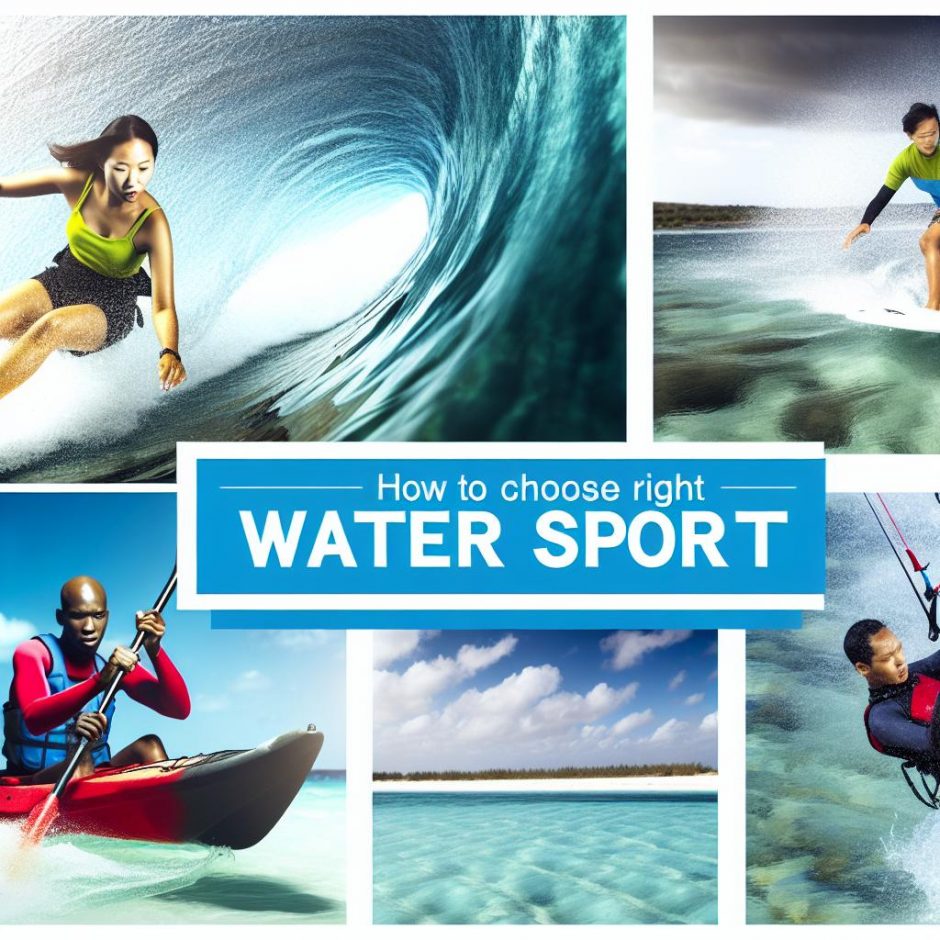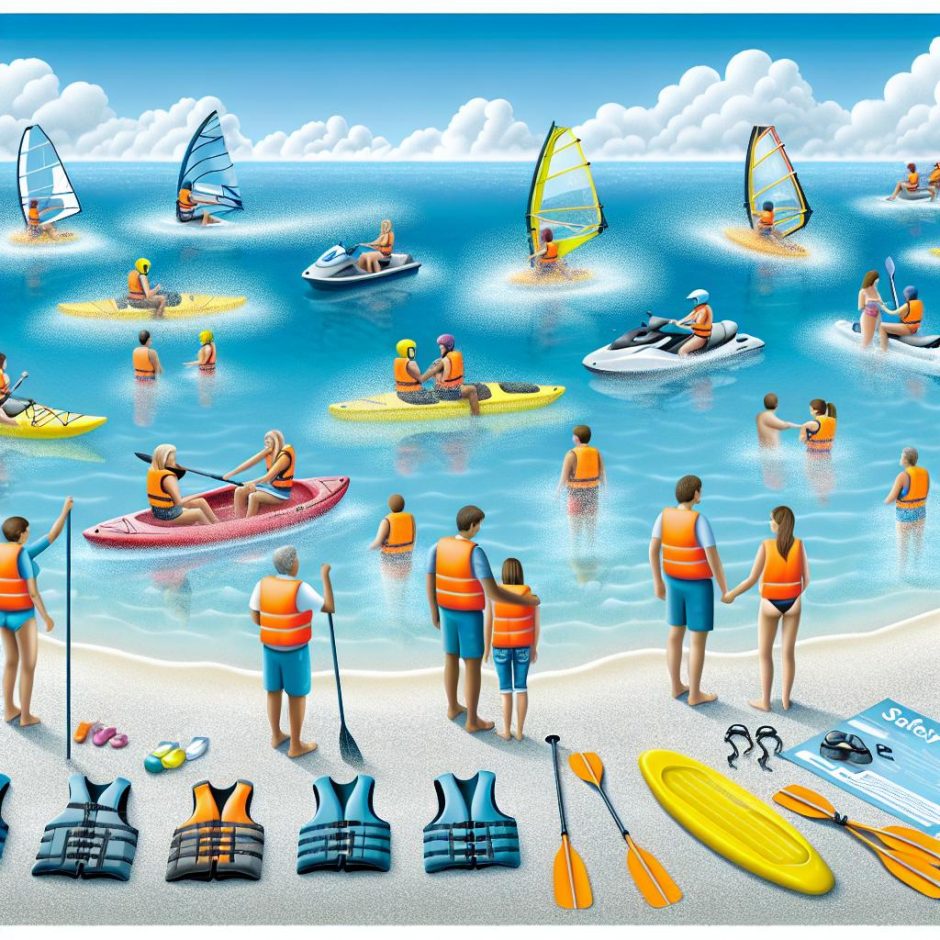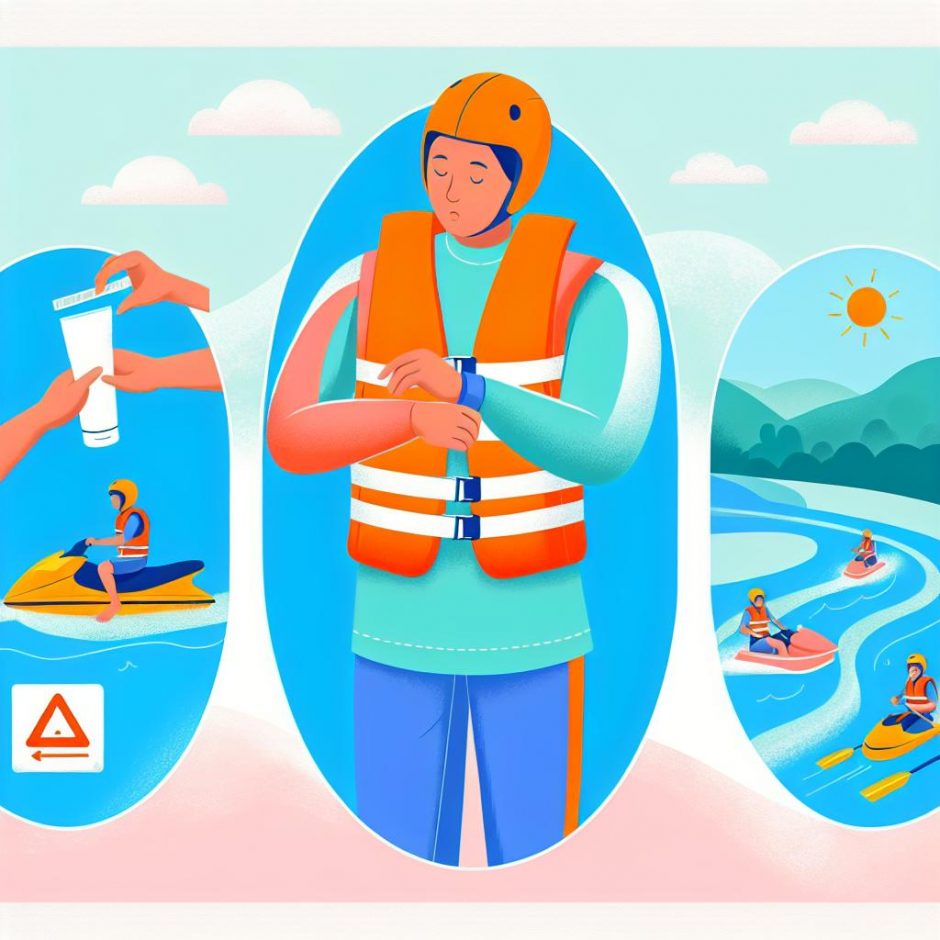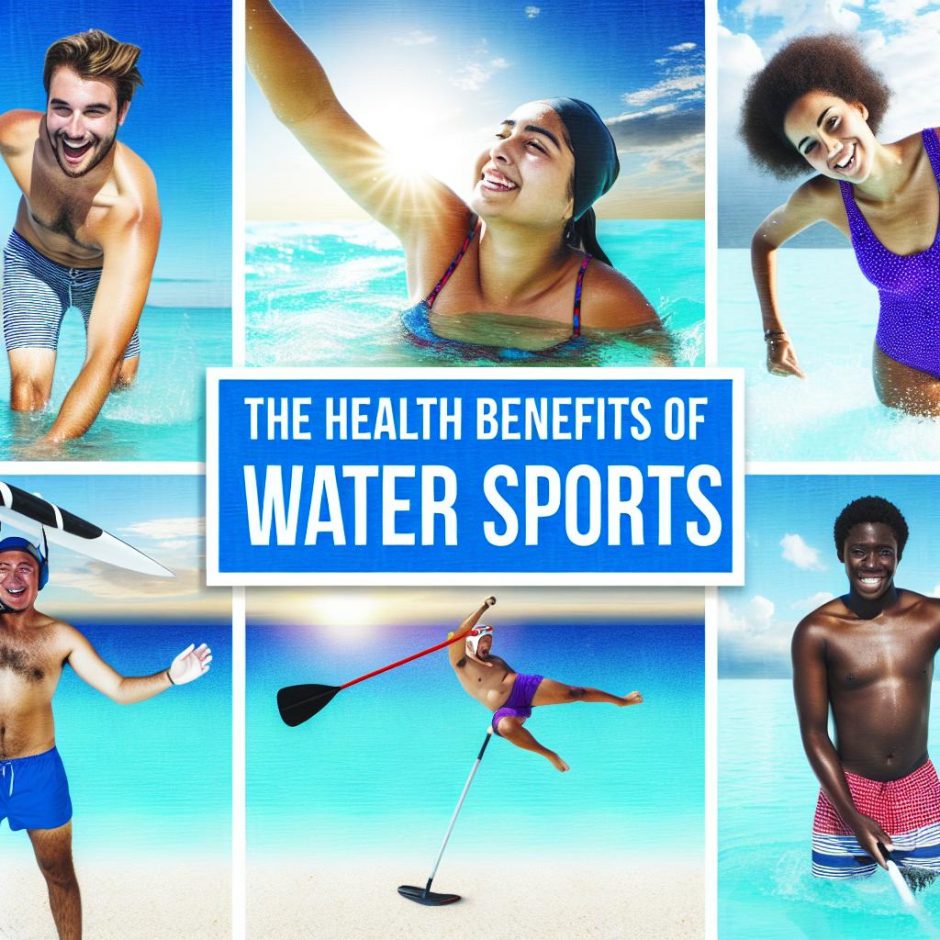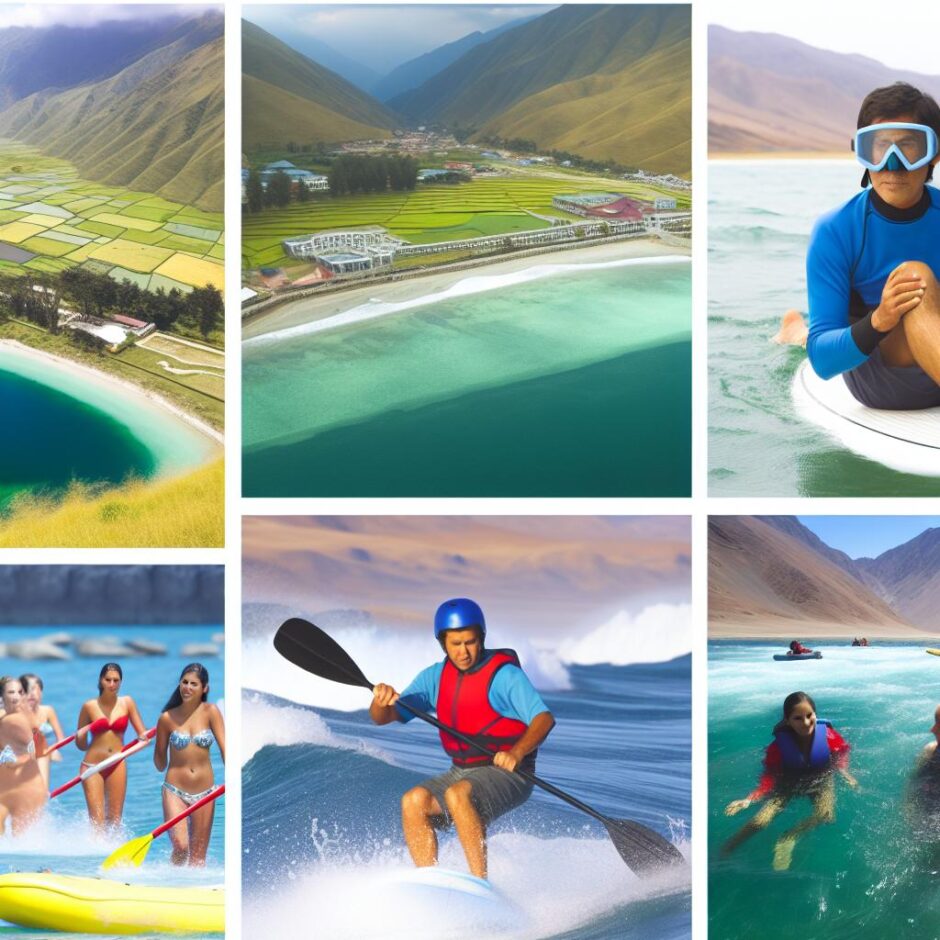Understanding Different Water Sports
Choosing the right water sport is more than just picking something you might enjoy. It involves considering several aspects such as your physical condition, your personal preferences, and the environment you have access to. Water sports are diverse, offering everything from leisurely pastimes to high-intensity, thrilling adventures. Among the most favored water sports are surfing, kayaking, paddleboarding, scuba diving, and sailing. Each of these sports makes unique demands on the participants, both physically and mentally, thus it’s crucial to make an informed choice.
Consider Your Physical Ability and Experience
Your physical ability and prior experience with water sports play a significant role in helping determine the most suitable activities for you. This consideration is vital because water sports vary significantly in terms of required strength, endurance, and skill levels.
Paddleboarding and snorkeling are excellent beginner-friendly options. These activities are relatively easy to get into, allowing new participants to enjoy themselves without extensive preparation. They provide an introduction to water sports without demanding high-intensity training, making them accessible to a broad range of people, including children and older adults.
Conversely, for individuals who possess more advanced skills and physical capabilities, sports like surfing or kitesurfing offer a thrilling challenge. These options require participants to demonstrate agility, balance, and strength. The driving force behind these activities is often the rush that comes from mastering the elements and the waves, a factor that resonates with many experienced water sports enthusiasts.
Evaluate Your Interests
The enjoyment you derive from a water sport is immensely linked to your personal interests and what you seek from the activity. It is, therefore, essential to introspect and understand what you enjoy the most in a sport. Do you lean towards high-energy, exciting experiences, or does relaxation take precedence?
For those who crave adventurous experiences and seek to elevate their adrenaline levels, sports such as snorkeling with large marine creatures, wakeboarding, or jet skiing offer the excitement and challenge desired. These activities tend to involve speed and skill, bringing intensity to the participant. They also provide an opportunity to explore waterscapes in dynamic and exhilarating ways.
If your interest lies in relaxed exploration, the options are plentiful. Activities such as kayaking in serene and calm waters or opting for a relaxed paddleboarding tour can be perfect avenues for unwinding. Such activities do not just offer a leisure experience; they often provide mental peace and a close connection to nature’s tranquility.
Consider the Environment
The type of environment available to you is another critical component that determines the water sports you can feasibly engage in. Certain water sports are more attuned to specific settings due to the nature and requirements of the sport itself.
For example, ocean environments are the breeding ground for activities like surfing, sailing, and scuba diving. These settings offer the necessary waves and marine life that make such sports possible and enjoyable. The vastness and unpredictability of the ocean add layers of complexity and allure to these sports, making them favorites among enthusiasts worldwide.
On the other hand, freshwater bodies such as lakes and rivers provide a different arena for enjoyment. These environments are often ideal for kayaking, canoeing, and freshwater fishing. The calmer atmosphere can make these activities more suitable for beginners or those seeking a respite from the hustle and bustle of more vigorous sporting options.
Conclusion
Choosing the right water sport involves a combination of understanding your own capabilities, interests, and the environments you have access to. These elements help ensure that the sport you choose meshes well with your lifestyle and enhances your overall experience. Safety is pivotal in any sports engagement; hence, understanding safety protocols and undergoing adequate training is necessary. By considering all these factors, you can embark on a rewarding and enjoyable journey through various water sports, tailor-suited to your life and surroundings. This thoughtful preparation can transform water sports from mere activities into a long-lasting passion that enriches life and fosters a deep connection with nature.

